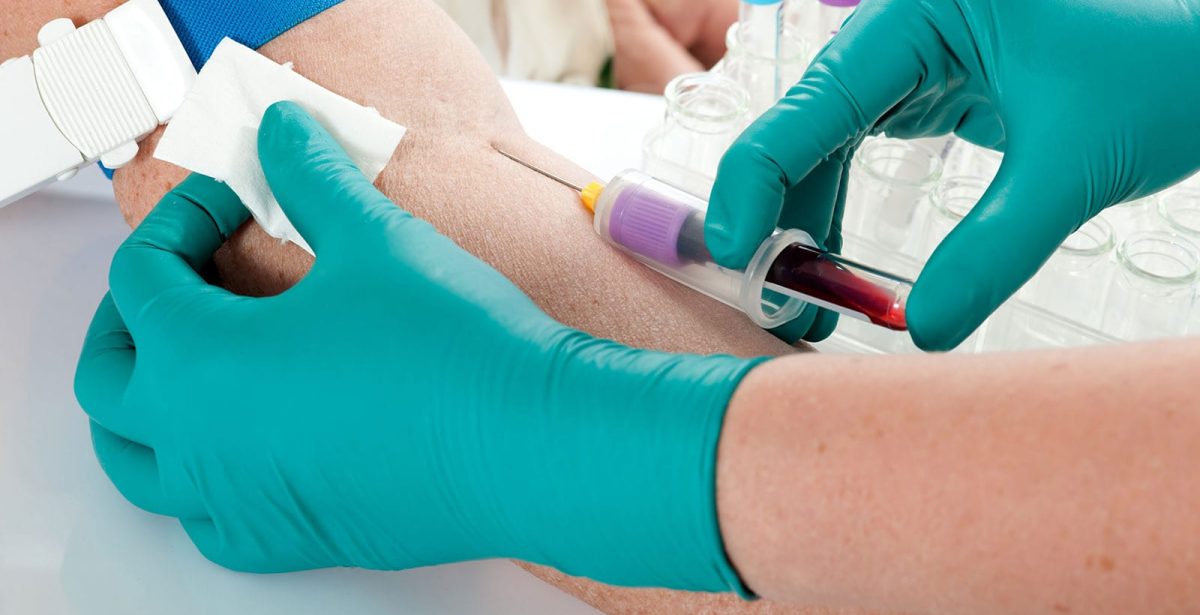Northeast Medical Institute - New Haven Campus Phlebotomy Course & Cna Class - An Overview
Northeast Medical Institute - New Haven Campus Phlebotomy Course & Cna Class - An Overview
Blog Article
The Best Strategy To Use For Northeast Medical Institute - New Haven Campus Phlebotomy Course & Cna Class
Table of ContentsNot known Facts About Northeast Medical Institute - New Haven Campus Phlebotomy Course & Cna ClassSome Known Facts About Northeast Medical Institute - New Haven Campus Phlebotomy Course & Cna Class.Some Known Details About Northeast Medical Institute - New Haven Campus Phlebotomy Course & Cna Class 6 Easy Facts About Northeast Medical Institute - New Haven Campus Phlebotomy Course & Cna Class ShownRumored Buzz on Northeast Medical Institute - New Haven Campus Phlebotomy Course & Cna ClassTop Guidelines Of Northeast Medical Institute - New Haven Campus Phlebotomy Course & Cna Class
The use of such devices should be come with by various other infection avoidance and control methods, and training in their use. Not all safety tools apply to phlebotomy. Prior to picking a safety-engineered gadget, individuals should extensively examine available tools to identify their appropriate usage, compatibility with existing phlebotomy methods, and efficiency in securing team and patients (12, 33).For settings with low resources, price is a driving factor in procurement of safety-engineered devices. Where safety-engineered gadgets are not offered, knowledgeable use of a needle and syringe is appropriate.
Among the crucial markers of high quality of treatment in phlebotomy is the participation and collaboration of the patient; this is equally helpful to both the wellness employee and the person. Clear info either created or spoken need to be readily available to each person who undergoes phlebotomy. Annex F provides example message for explaining the blood-sampling treatment to a client. In the blood-sampling room for an outpatient department or center, provide a comfy reclining sofa with an arm remainder.
All About Northeast Medical Institute - New Haven Campus Phlebotomy Course & Cna Class
Make sure that the signs for blood sampling are clearly specified, either in a composed method or in documented instructions (e.g. in a lab form). Whatsoever times, comply with the techniques for infection prevention and control noted in Table 2.2. Infection avoidance and control techniques. Accumulate all the equipment needed for the procedure and location it within safe and very easy reach on a tray or trolley, guaranteeing that all the products are plainly visible.
Introduce yourself to the patient, and ask the patient to state their full name. Check that the laboratory form matches the person's identification (i.e. match the patient's information with the research laboratory kind, to make sure exact recognition).
Make the individual comfortable in a supine position (if feasible). The client has a right to refuse an examination at any type of time before the blood tasting, so it is crucial to guarantee that the patient has actually comprehended the treatment - Phlebotomy Training.
The Ultimate Guide To Northeast Medical Institute - New Haven Campus Phlebotomy Course & Cna Class
Extend the client's arm and check the antecubital fossa or lower arm. Situate a blood vessel of a good size that is noticeable, straight and clear.
DO NOT put the needle where veins are diverting, because this boosts the possibility of a haematoma. The blood vessel should be visible without applying the tourniquet. Locating the vein will help in identifying the appropriate size of needle. Apply the tourniquet about 45 finger sizes over the venepuncture website and re-examine the blood vessel.
Specimens from main lines bring a danger of contamination or wrong laboratory test results. It is appropriate, but not excellent, to draw blood samplings when first introducing an in-dwelling venous tool, before attaching the cannula to the intravenous liquids.
Getting The Northeast Medical Institute - New Haven Campus Phlebotomy Course & Cna Class To Work
Failing to permit adequate call time raises the risk of contamination. DO NOT touch the cleaned up site; in particular, DO NOT put a finger over the capillary to assist the shaft of the revealed needle.
Ask the person to create a clenched fist so the capillaries are more famous. Get in the capillary quickly at a 30 degree angle or less, and continue to present the needle along the capillary at the simplest angle of entry - CNA Training. Once enough blood has actually been accumulated, release the tourniquet prior to taking out the needle
Northeast Medical Institute - New Haven Campus Phlebotomy Course & Cna Class Things To Know Before You Get This
Take out the needle carefully and use mild pressure to link the website with a clean gauze or dry cotton-wool ball. Ask the person to hold the gauze or cotton wool in position, with the arm prolonged and raised. Ask the individual NOT to bend the arm, due to the fact that doing so causes a haematoma.
The smart Trick of Northeast Medical Institute - New Haven Campus Phlebotomy Course & Cna Class That Nobody is Discussing
Do not press the syringe bettor because added stress increases the threat of haemolysis. Where feasible, maintain televisions in a shelf and relocate the rack towards you. Infuse downwards into the proper coloured stopper. DO NOT remove the stopper since it will release the vacuum. If the example tube does not have a rubber stopper, infuse extremely gradually right into the tube as minimizing the pressure and velocity made use of to transfer the specimen minimizes the risk of haemolysis.

Report this page